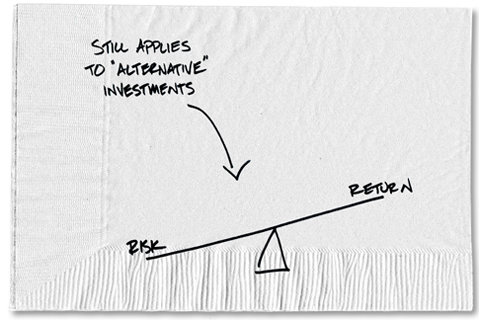While rates on home loans are likely to remain modest by traditional standards, the ultralow borrowing costs that encouraged millions of homeowners to refinance and helped revive the moribund housing market are quickly becoming a memory. As yields on 10-year government bonds rise amid signs that the economy is improving and that the Federal Reserve will reduce bond purchases, mortgage rates have quickly followed.
Rates on 30-year fixed mortgages hit 4.25 percent on Thursday, up from 4.12 percent on Wednesday morning before the Fed chairman, Ben S. Bernanke, signaled the central bank might begin easing back on stimulus efforts later this year. As recently as May, the average interest rate on a 30-year fixed mortgage stood at 3.5 percent, close to the lowest in decades.
While mortgage rates are moving higher, rates on other forms of credit like car loans, home equity loans and credit cards are not expected to budge. They are either already set at relatively high levels, like most credit card borrowing costs, or tied to short-term interest rates, which the Fed has indicated will not rise before 2015. For example, the rate on a five-year car loan currently is just over 4 percent, about where it was in mid-May. Similarly, a fixed-rate home equity loan carries a rate of 6.1 percent, not far from where it was a month ago.
But the fact that the Fed is keeping the short-term bank lending rate it controls at close to zero also means that savers will not see any improvement in the paltry interest paid on savings accounts at banks, money market accounts and short-term certificates of deposit, which are also tied to short-term rates.
By contrast, long-term rates are rising because the central bank’s current program of purchasing $85 billion a month in Treasury securities and mortgage bonds is expected to start tapering off later this year, if the economy continues to recover. Despite the sudden jump in long-term borrowing costs, some experts say it is unlikely that government bond rates will keep spiking from current levels, and could actually ease slightly.
“Mortgage rates tend to move a lot in a short amount of time, then do nothing for a longer period,” said Greg McBride, senior financial analyst at Bankrate.com, a personal finance Web site. “Rates will stabilize and potentially pull back as Bernanke’s words fade and economic reality sets in.”
Nor should holders of adjustable-rate mortgages panic. “Someone who already has one doesn’t have to worry until the Fed starts raising short-term rates,” Mr. McBride said.
Still, the recent move upward in mortgage rates signals the beginning of a longer-term trend of higher borrowing costs for home buyers, which had reached lows not seen in decades.
“Clearly, mortgage rates and bond yields will be higher in the long run than they are today,” Mr. McBride said, adding that he expects borrowing costs on 30-year fixed mortgages to hover in the 4 to 4.5 percent range for the rest of the year. “I don’t think rates will go back below 4 percent,” he said.
Even if mortgage rates do move higher than that, they will still be well below the levels that prevailed as recently as 2007, before the recession and the financial crisis. Between 2000 and 2007, rates averaged 6.5 percent on 30-year mortgage notes.
“I don’t think this foreshadows a huge rise in rates but there will be more volatility in the fixed-income markets than we’ve seen recently,” said Brian Rehling, chief fixed-income strategist at Wells Fargo Advisors.
Mr. Rehling predicts yields on 10-year Treasury bonds, the benchmark for pricing mortgages, to be at 2.25 percent at the end of this year, slightly below where they finished the day on Thursday, at 2.42 percent. Paul Edelstein, director of financial economics at IHS Global Insight, also expects yields to stabilize. “I’m being cautious,” he said. “Rates are going to be higher than I thought last month but I’m not sure the rates we are seeing today will be sustained throughout the rest of the year.”

Article source: http://www.nytimes.com/2013/06/21/business/mercurial-mortgage-rates-to-stabilize-soon-analysts-say.html?partner=rss&emc=rss
